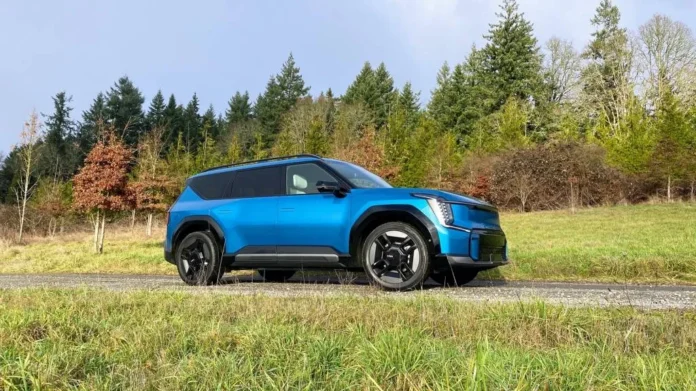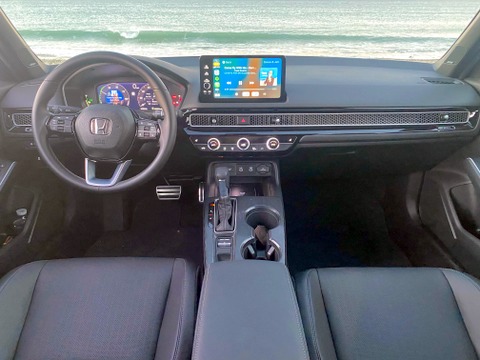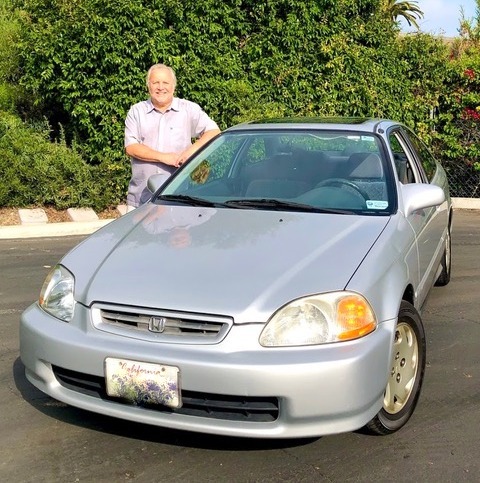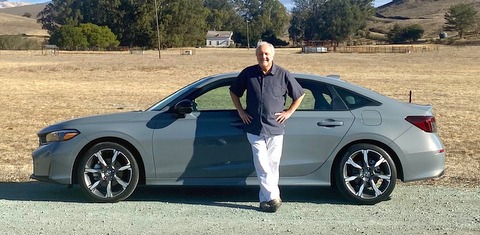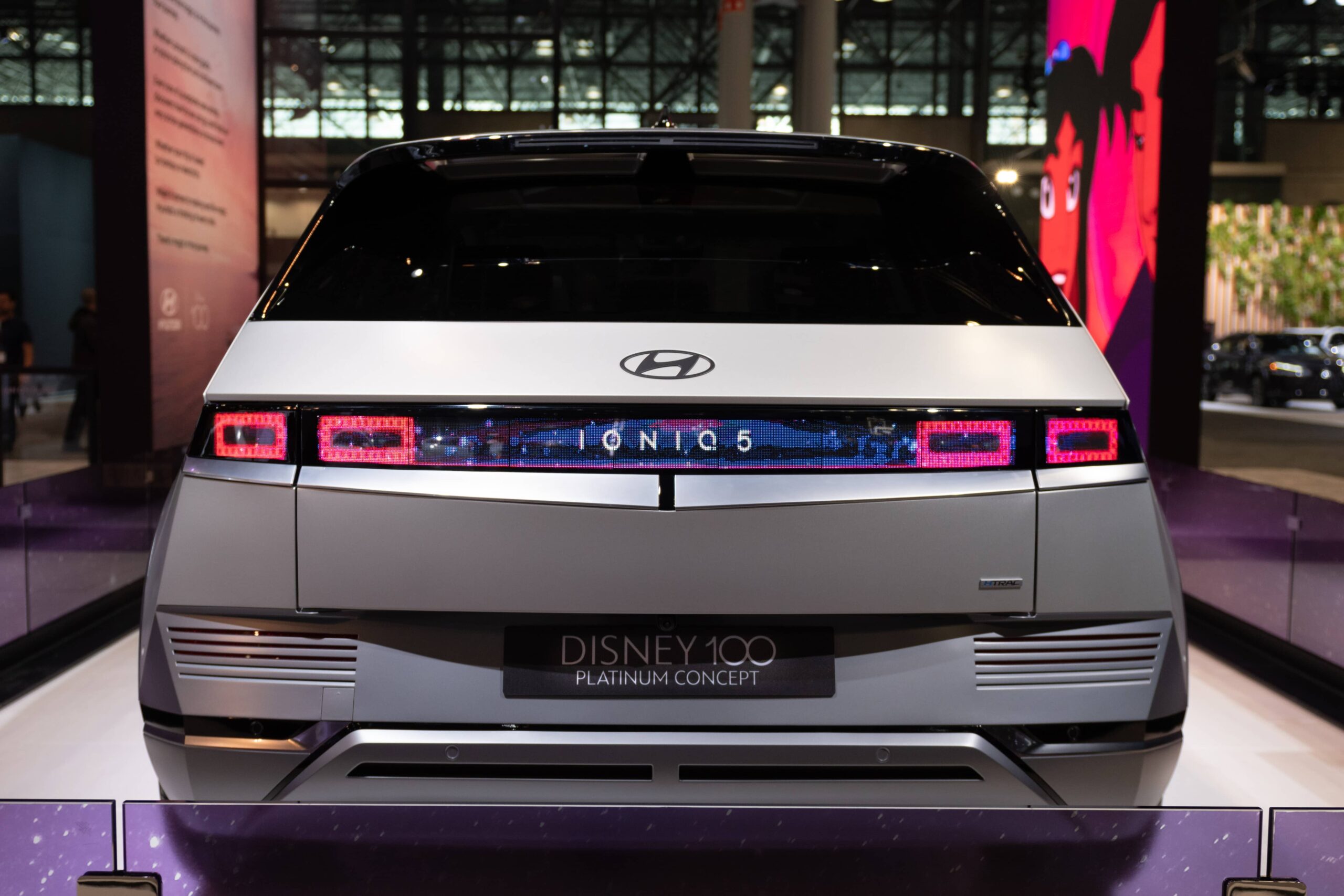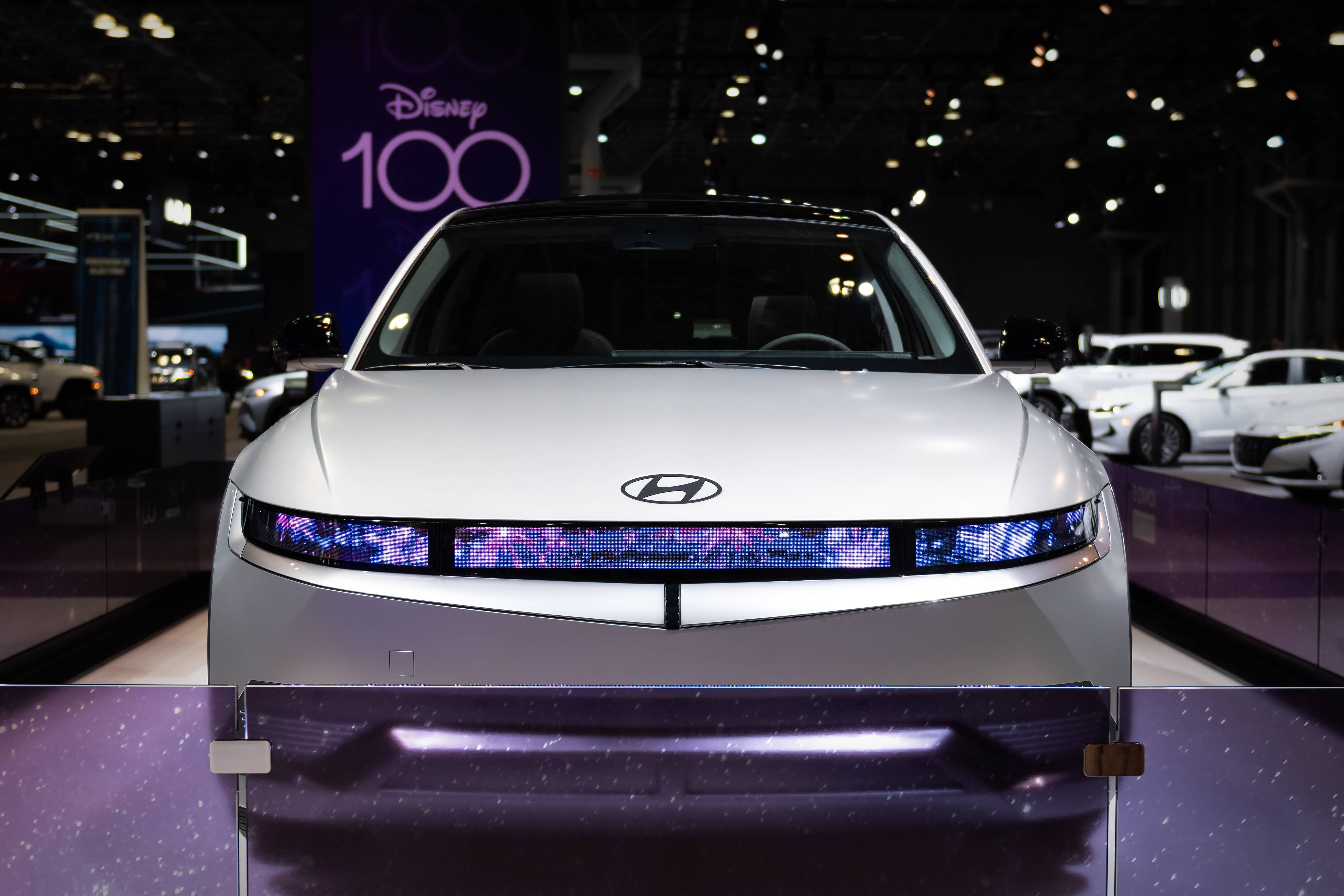


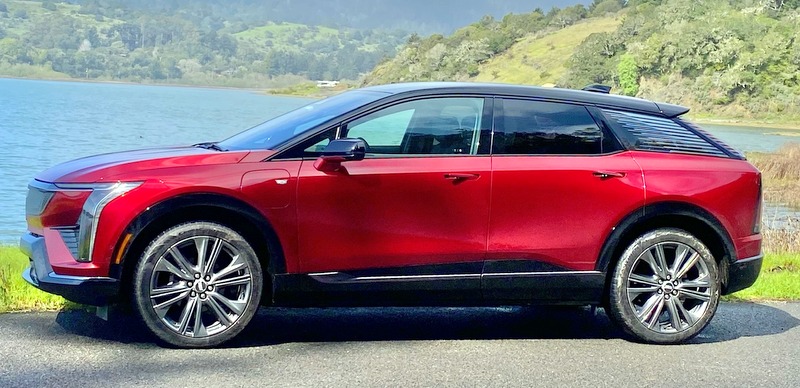

Entry-Level Cadillac Electric SUV

The 2025 Optiq will be the entry-level all-electric SUV for Cadillac when it goes on-sale in early 2026. The Optiq will be part of an ever-expanding Cadillac EV line-up of Lyriq, Vistiq, Escalade IQ, Escalade IQL and Celestiq.
Our take, after seeing it up close and getting some time behind the wheel: The price, size, driving range, charging speed, performance and Cadillac look, touch and feel will be very appealing to first-time premium small SUV buyers or those looking to move up a class.
Driving Experience
Cadillac invited the automotive press to San Francisco to showcase what it says is the “entry point into luxury for the next generation of EV buyers.”
The first thing we noticed was the performance—the 300 horsepower and 354 pound-feet of torque comes on quick and smooth, turning 0-60 mph in about 4.7 seconds. The torque is available anytime and at any speed, which made easy merging onto U.S. 101 as we crossed the Golden Gate Bridge into Marin County. We didn’t measure efficiency during our short time in the Optiq, but Cadillac estimates the all-electric range to be 302 miles.
The weather was clear and dry so the dual motor eAWD system wasn’t put to a test. When climbing and descending Mt. Tamalpais (from Mill Valley to Stinson Beach), the Optiq was planted with no body roll. The electronic torque vectoring could be felt seamlessly shifting needed power and torque to the wheel in most demand as we aggressively powered through tight rights-and-lefts.
The four drive modes—Tour, Sport, Snow/Ice and My Mode—each have a distinct advantage for the type of road conditions and driving. We stayed in the first two, using Tour on the highway and Sport when wanting to stiffen the steering feel and acceleration mapping. As is typical of all electric vehicles, acceleration was linear and the torque was available at any speed. Without a transmission, there was no hunting for the right gear. With no gasoline engine, the Optiq eliminated delays and hesitations that can come from the air-spark-fuel demand under hard acceleration. The Optiq was a pleasure to drive, taking sweeping corners easily. The electronic power steering and its 5,192-pound weight never giving a feeling of excess body roll.

Tom Schinderle, the lead development engineer who brought his background designing the ride and handling for the Cadillac Blackwing, said: “The Optiq was not designed to be a sport SUV, but we did spend time at the General Motors Desert Proving Ground in Yuma, Arizona, getting the balance right for handling and for the road.”
The Optiq batteries are set under the floor for a low center of gravity. Combined with the dual-compound all-season tires, the coil over front struts and the 5-Link rear suspension with Passive Plus dampers, the cornering was confident and the highway ride smooth and comfortable. The Optic rolls on either 245/50 all-season tires with sealant or optional 275/40 all-season low profile tires with sealant on 21-inch wheels.
Interior and Exterior

The interior has seating for five. Front seats are power, heated and ventilated with lumbar and memory for the driver. Nina Cho, color, materials and finishes designer, explained: “We were seeking harmonizing details with different fabric textures, patterns, colors and finishes.
The fabric is 100% recycled polyester yarn that comes from a variety of originating sources, and we have created different appearances and woven looks. There are different levels of recycled polyester yarn and we always strive to get the best quality we can.”
Ms. Cho went on to say style is key as “Cadillac is very expressive in how we stand out from other luxury brands by being aware of fashion trends and even forecasting trends.”
The most dominant feature of the Optiq is the 33-inch LED display with clear 9k resolution that projects more than 1 billion colors. This screen is where the navigation and vehicle controls and settings are located along with the great sounding 19-speaker AKG audio system integrated with Dolby Atmos for FM, music apps and available SiriusXM. AM radio is not an option.
The Optiq has Google built-in with voice recognition for Google Assistant and Maps. Apple CarPlay or Android Auto are not available on the 2025 Cadillac Optiq.

There are eight exterior color options. Ours was Radiant Red. Features include walk-up and walk-away, front and rear, choreographed lighting sequences, a tinted and UV filter-treated panoramic fixed glass roof, body color shark fin antenna, black crystal grille and graphic-etched rear quarter panel acoustic laminate glass. The rear wiper tucked under the roof fairing is a classy design touch.
Hoon Kim, exterior design manager, said: “We learned from the engineering team. At the beginning of the program we knew we were going to have something really special (for Cadillac), so our goal was to match the design with the Optiq’s character.”
Battery and Charging
The lithium-ion battery with 85 kWh of useable battery energy will replenish on a DC fast charger at 79 miles of range in 10 minutes.
The variable regeneration, with one pedal driving, when coasting or braking converts kinetic energy into electric energy and returns it to the battery adding driving range.
Driver Assistance
SuperCruise, demonstrated here and below, is for hands-free driving utilizing radar, cameras and ultrasonic sensing to monitor exterior conditions.
Safety
The Optiq comes standard with advanced driver assistance systems (ADAS)—adaptive cruise control, blind spot warning and steering assist, automatic emergency braking, front pedestrian braking, lane keep assist departure warning and forward collision alert.
As with all General Motors vehicles, the Optiq will be equipped with OnStar. A simple push of a button connects to a friendly representative to handle emergencies, directions and general assistance to make your driving experience safer and more enjoyable.

Pricing and Availability
The 2025 Cadillac Optiq will be built at the General Motors assembly plant in Ramos Arizpe, Mexico, with production slated to begin in fall 2025. Available in two trims, Luxury and Sport, the starting price is estimated at $54,000, including the destination charges.
Observations: 2025 Cadillac Optiq EV
General Motors is on a roll, having announced or released several battery electric vehicles, including the GMC Hummer and Sierra, Chevrolet Silverado, Equinox and Blazer, the Cadillac Lyriq, Escalade IQ and Escalade IQL.

John Cockburn, chief engineer, positions the Optiq: “The chief engineer’s role is to understand who the customer is. With the research that is done, the team first had to identify who the luxury EV entry buyer would be. They found it would be a younger person or older Millennial that is looking for a vehicle that is engaging, youthful and sporty with superb handling characteristics.”
Our take, after seeing it up close and getting some time behind the wheel, the price, size, driving range, charging speed, Cadillac look, touch and feel and performance will be very appealing to first-time premium small SUV buyers, or those looking to move-up a class.
Make sure to opt-in to the Clean Fleet Report sponsored newsletter (top right of page) to be notified of all new stories and vehicle reviews.
Story by John Faulkner. Photos by John Faulkner and Cadillac.
Disclosure
Clean Fleet Report is loaned free test vehicles from automakers to evaluate, typically for a week at a time. Our road tests are based on this one-week drive of a new vehicle. Because of this we don’t address issues such as long-term reliability or total cost of ownership. In addition, we are often invited to manufacturer events highlighting new vehicles or technology. As part of these events we may be offered free transportation, lodging or meals. We do our best to present our unvarnished evaluations of vehicles and news irrespective of these inducements. Our focus is on vehicles that offer the best fuel economy in their class, which leads us to emphasize electric cars, plug-in hybrids, hybrids and other efficient powertrains. We also feature those efficient gas-powered vehicles that are among the top mpg vehicles in their class. In addition, we aim to offer reviews and news on advanced technology and the alternative fuel vehicle market. We welcome any feedback from vehicle owners and are dedicated to providing a forum for alternative viewpoints. Please let us know your views at publisher@cleanfleetreport.com.
The post Flash Drive: 2025 Cadillac Optiq first appeared on Clean Fleet Report.
Source link by Clean Fleet Report
Author John Faulkner
#Flash #Drive #Cadillac #Optiq







